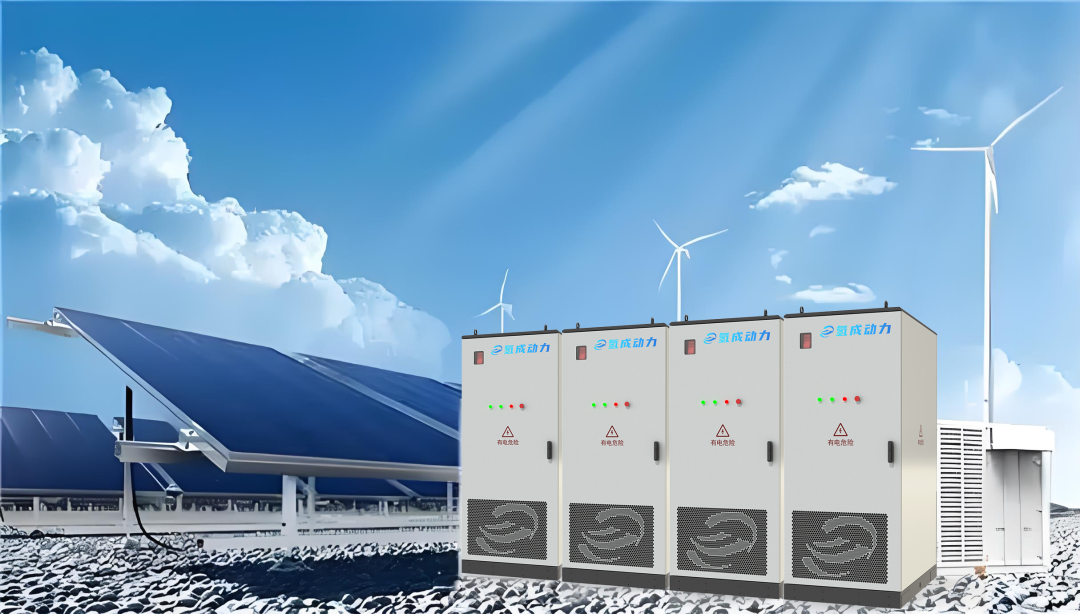Energy Storage Insights: Tracking Industry Trends! Hydrogen Power | November 17, 2025, 10:15 AM | Henan
Release time:
2025-11-17
Source:

National Policies and Headlines
02 The National Development and Reform Commission and the National Energy Administration have released the "Guiding Opinions on Promoting New Energy Consumption and Regulation."
03 The State Council Information Office has released the white paper titled "China's Actions for Peaking Carbon Emissions and Achieving Carbon Neutrality."
04 The National Energy Administration has issued the "Guiding Opinions on Promoting the Integrated Development of Coal and New Energy."
Local Policies and Headlines
01 The Energy Bureau of the Inner Mongolia Autonomous Region has issued the "Notice on Matters Relating to the Standardization of Management for Independent New Energy Storage Power Stations."
02 Jilin Provincial Energy Administration's "Jilin Province Electricity Market Operation Rules and Supporting Implementation Details (Trial Version 4.0)"
03 The Beijing Electricity Trading Center has released the "2026 Transmission Prices for All Links of Inter-Provincial and Inter-Regional Transactions by State Grid Corporation of China."
Key words:
Previous
Previous Page:
Recommended News
Contact
Address: Chanhe Innovation Technology Park, No. 2 Zhenxing Road, Chanhe Hui District, Luoyang City, Henan Province
Tel:0379-63869669
Mailbox:info@hydromobility.cn
Scan

Copyright©2023 Qingcheng Power Technology(Luoyang) Co.,Ltd. This website supports ipv6
Copyright©2023 Qingcheng Power Technology(Luoyang) Co.,Ltd.
This website supports ipv6






